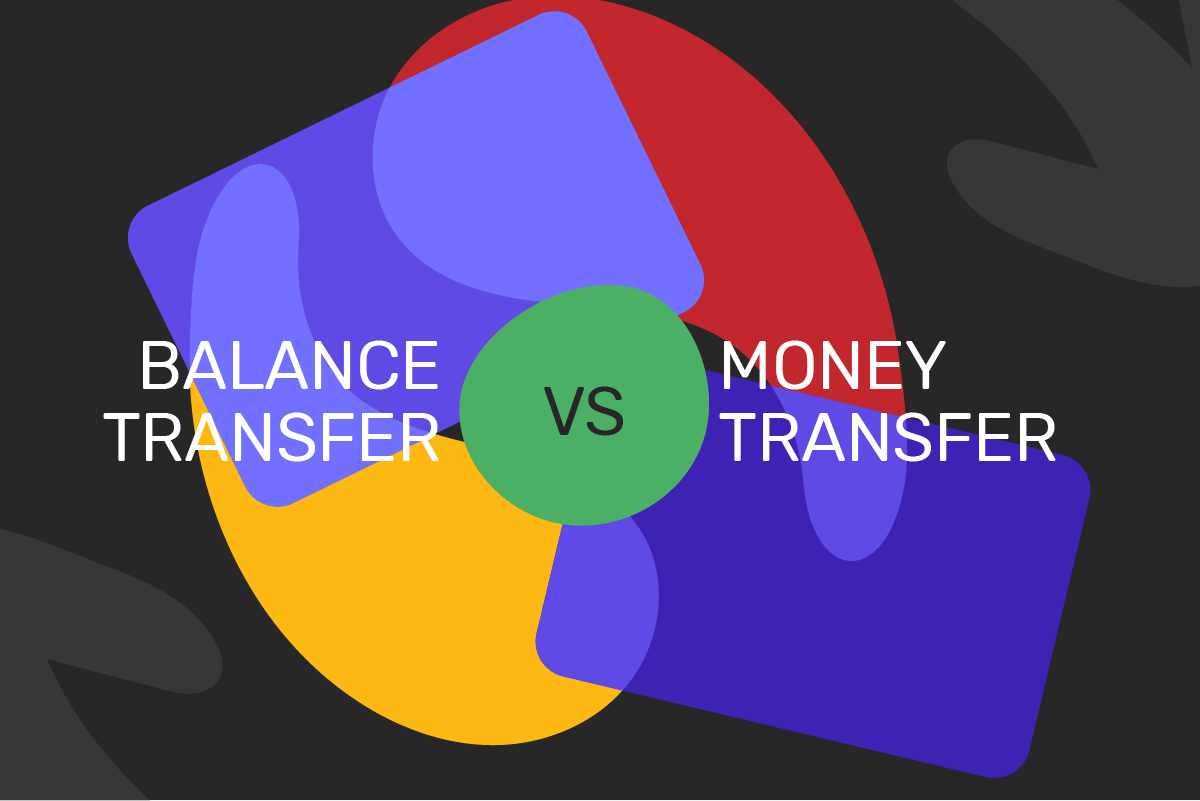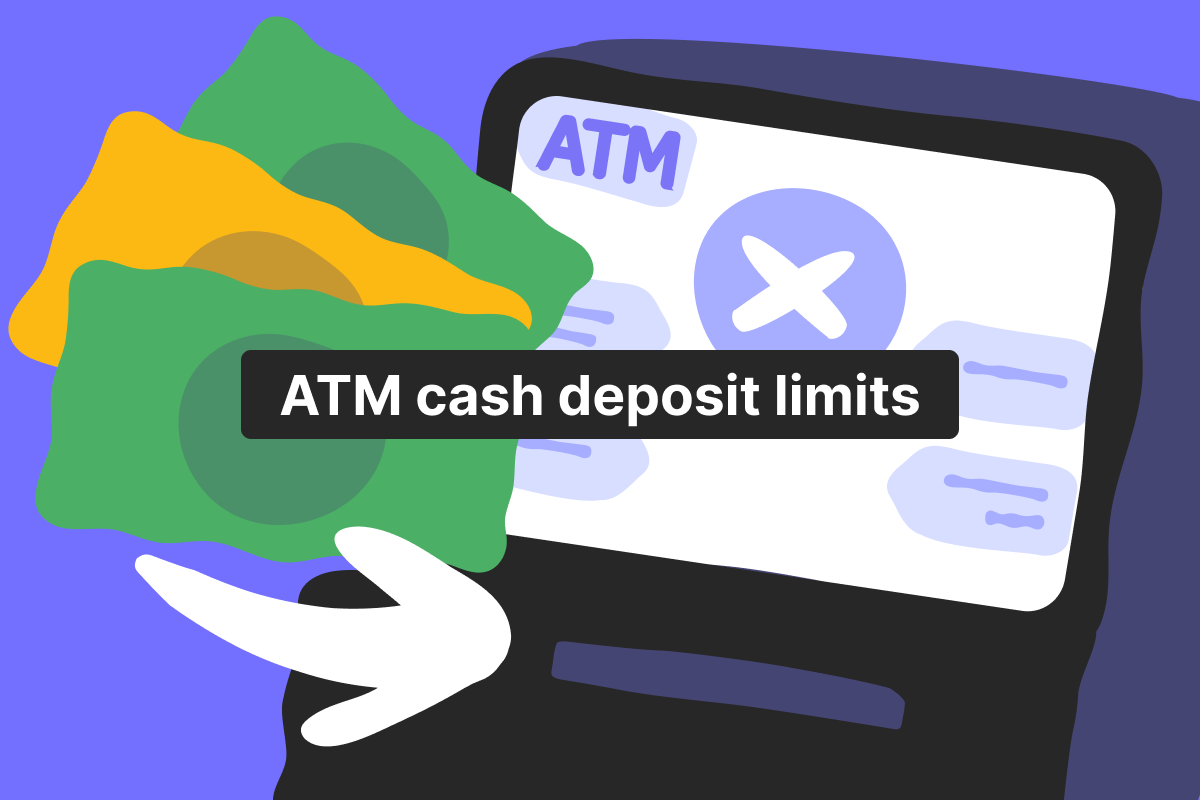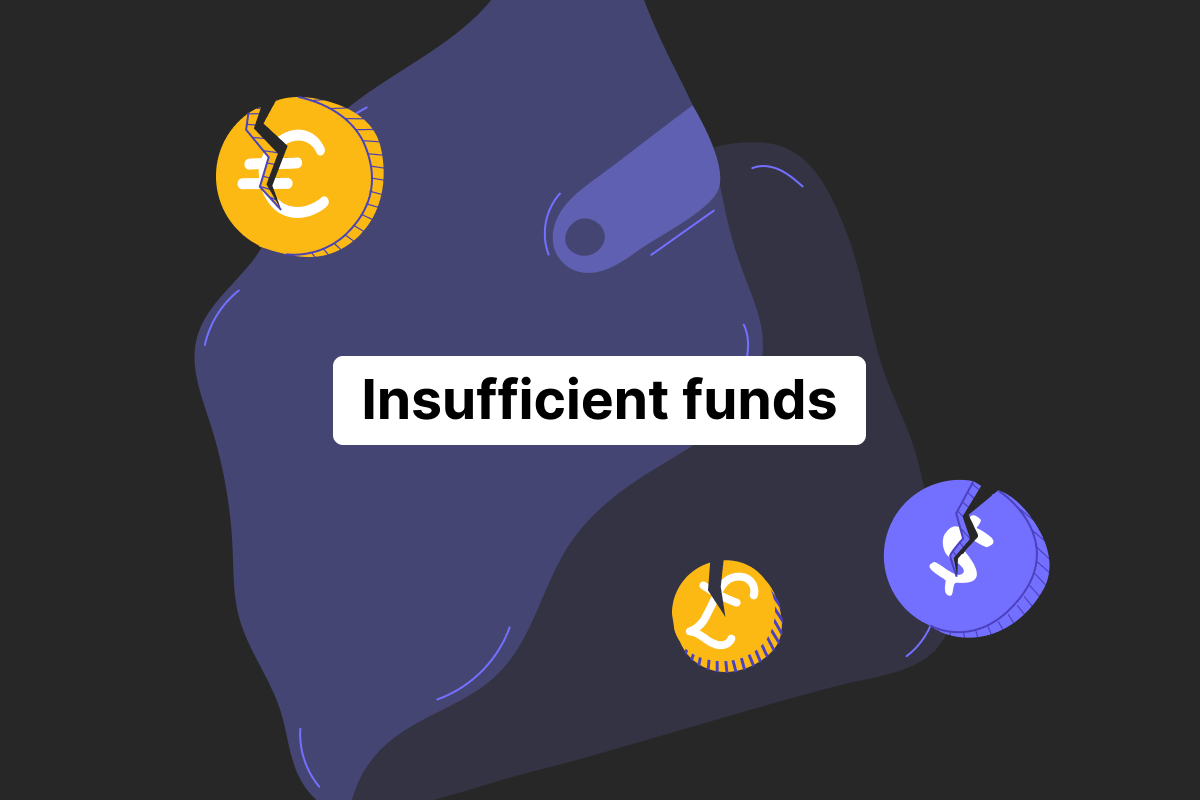Once you need money urgently, there’s not much time to think about the best way to get it. No wonder that people often make hasty and costly decisions. That’s why we prepared today’s Genome blog post to tell you all about balance transfers and money transfers so that you can send money between your credit cards and bank accounts safely and with low charges.
What is a balance transfer?
A balance transfer is moving funds between different credit cards. The reason is the different interest rates on each card. If you send money to a credit card with a lower interest rate, you have all the chances to pay your debt much faster.
How to make a balance transfer
Usually, such transfers can be done in mobile or Internet banking if your financial services provider offers such features. You just enter the details of the necessary card and make a transaction. In addition, you can also instruct a balance transfer via the phone. You can give a call to your bank’s branch and they will do everything needed to send funds.
However, the most important thing before making a balance transfer is researching the offers as well as the pros and cons of credit card issuers you want to work with. Choose wisely, because balance transfers are not free themselves. The fee is some percentage of the amount of the transaction. If you move money to a credit card with a better interest rate, you will win. Otherwise, your debt may get even bigger.
What is a balance transfer credit card
This is a special card to make balance transfers with. It’s the best option to move your funds between different credit cards due to reduced charges. Some PSPs offer a 0% interest rate on a cash advance during the introductory period (normally a few months). A cash advance is when you borrow money from your credit card.
Thus, if you have a few credit cards, you can move your funds in-between them with the help of a balance transfer card and avoid high interest rates. For example, your introductory period with a 0% interest rate is soon to be finished with one credit card, but you’ve just ordered a similar credit card with the same 0% interest rate for the first 3 months. If you use a balance transfer credit card, you can send money from the first credit card to the second one with a tiny fee and still make use of the introductory period.
What is a balance transfer on a credit card
This is another name for a regular balance transfer. It’s not possible to order a balance transfer without a credit card. If you want to send money between credit cards, you’d need to instruct a balance transfer. If you want to move funds from a credit card to a current account, you’d need to make another transfer, and we’re talking about it in the next paragraph.
Open an account
in Genome online
What is a money transfer
A money transfer is when you’re wiring funds from your credit card directly to a bank account. There are a few ways to do this, and money transfer is one of them. Additionally, you can withdraw cash from your credit card in an ATM and then deposit it in your current account.
Or, you can visit a bank’s branch in-person and do the same there. Finally, your card issuer can write you out a convenience cheque. The money here is taken from your credit card limit and, you can deposit such a cheque in the bank.
How to make a money transfer
Similarly to balance transfers, money transfers can be instructed in several ways:
By using money transfer cards (they mostly have smaller fees than regular credit cards);
In mobile/Internet banking services;
In-person in bank’s branch;
Via phone;
Key differences
The major difference between a money transfer and a balance transfer is where your funds will end up. With the first option, you can only move money from a credit card to a bank account. With the second one, you can only transfer funds between the credit cards. You cannot send money to a bank account via a balance transfer.
Check a simple scheme of how balance and money transfers work below:
Transfer type | From | To |
Balance transfer | Credit card | Credit card |
Money transfer | Credit card | Bank account |
Which option to choose
Here you’ll need to make a decision yourself based on what you need and what you want. It’s hard to say whether money transfers are cheaper than balance transfers as it depends on the fees set up by financial providers and banks.
In some cases, it’s more profitable to move funds from credit card to credit card with the help of a balance transfer. However, in some situations, you’d need to send money from your credit card to a current bank account. For this, you’d need to make a money transfer.
In both cases, double-check the fees and conditions before choosing a financial provider and ordering a credit card. For instance, charges for the very transfer can be pretty high, but if the introductory period with a 0% interest rate is quite long, it’s worth considering such an option.
Open an account
in Genome online
FAQ
How does a balance transfer work?
The meaning of a balance transfer is moving funds from one credit card to another. The reason for this is using better interest rates on cash advances with different providers. For example, if you find a card issuer with lower interest rates, you can make a balance transfer from your current credit card to a new one. Consequently, you will save money and will be able to pay out your debt sooner. Remember that there’s always a fee for a balance transfer (usually it’s some percentage from the sum you’re sending).
How long does a balance transfer take?
Balance transfers are not instantaneous and, in most cases, take at least a few business days. With most PSPs, you’ll need to wait for around a week till your money is available with a new credit card.
If you have an account with Genome, you can make fast and free internal transfers between all Genome users. This works both for personal and business accounts. Such transfers are instant and free of charge. Learn more about our financial services and how to open a Genome wallet here.
Do balance transfers save you money?
These transactions are only beneficial if you choose better interest rates and low fees. If you’re sending money to a credit card with smaller interest rates on cash advances, you can save up. On the contrary, if charges and interest rates are higher, your debt can increase. That’s why you should be extra careful with balance transfers and not forget to check interest rates, the length of the introductory period (if applicable), and even the transfer fee itself.
Is there a downside to balance transfers?
Credit card balance transfers seem to have plenty of advantages but, at the same time, they can be quite expensive. It’s not recommended to instruct these transfers often because of large fees. Moreover, it can take up to a week till your money is cleared out with a credit card. Thus, do not expect that you will be able to use your funds immediately after you send a balance transfer.






